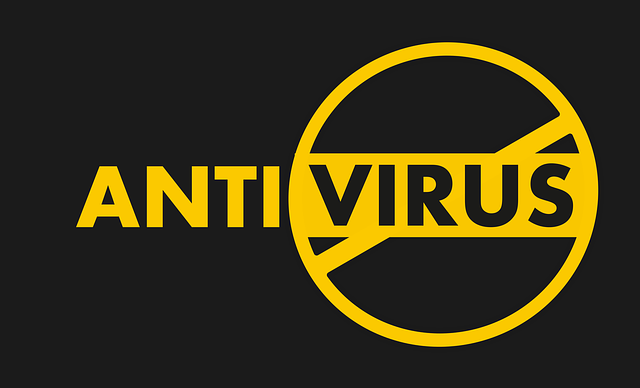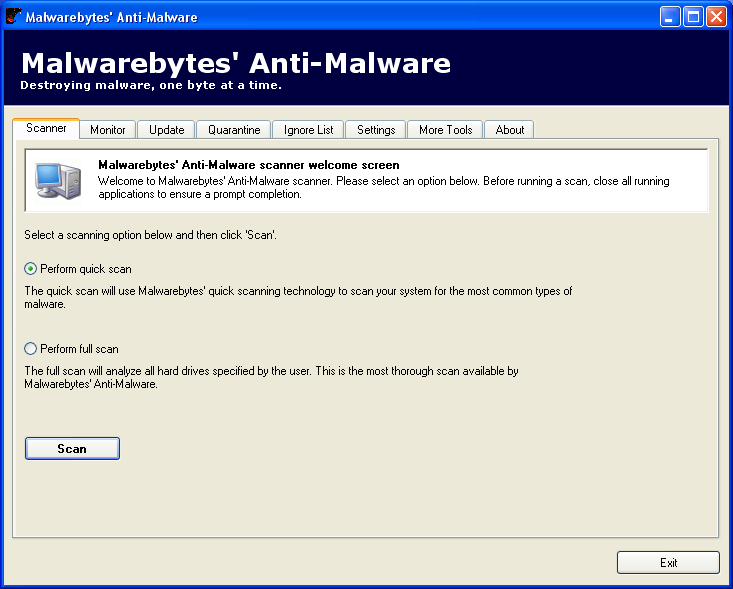Difference Between Antivirus and Antimalware
You’ve probably heard it like a thousand times that you need to protect your system from viruses. No matter you’re using a Mac or a Windows PC, your computer needs it. You come across hundreds of sites everyday that are plagued with viruses and malware that are likely to infect your system without you even knowing about it.
There are some simple steps you can take to protect your computer from viruses and malware. Malware is short for malicious software and a virus is just one type of malware. They are a constant threat to every internet user. They attack your system and stop it from running. The best way to protect your computer against viruses and malware is to install an antivirus program or an antimalware program, for that matter.
Both antivirus and antimalware are programs to protect the system against all types of viruses.

What is an Antivirus?
Before we jump into the topic of antivirus, let’s understand what a virus is first. Virus is any piece of malicious code that is capable of replicating itself and spreading itself to other programs in the system for the sole purpose of corrupting the system. Viruses are also referred to as malware. But not all malware are viruses. Antivirus is a software utility program designed to protect the system against viruses and malware to prevent them from modifying or corrupting other programs in the system. Antivirus defends the system round the clock and if finds some malicious behavior, it immediately removes the virus from the system.

What is an Antimalware?
Similarly, antimalware programs are designed to protect the system against viruses and malware and other harmful threats such as worms, Trojans, bots, rootkits, spyware, ransomware, and even adware. Malware is any software that demonstrates a malicious behavior, designed to get into the system and gain access to the restricted and personal data in the system. Malware has only straight goal – to cause damage to the system. Antimalware, on the contrary, protects the system against all kinds of malware including all types of viruses. It can be installed on a personal computer, gateway server, or a dedicated network device.
Difference between Antivirus and Antimalware
-
Definition of Antivirus and Antimalware
Before jumping into the topic of interest here, let’s see what the difference between virus and malware is. Viruses are a specific malware program that is capable of replicating themselves and spread throughout the system, whereas malware is an umbrella term that refers to all kinds of malicious software including viruses, Trojans, adware, rootkits, spyware, and ransomware. This means viruses are malware, but not all malware are viruses. Antivirus is a software program designed to detect and destroy viruses and other malicious software from the system, whereas an antimalware is a program that protects the system from all kinds of malware including viruses, Trojans, worms, and adware.
-
Utility
Both antivirus and antimalware are software utility programs designed to protect your computer from all sorts of harmful programs. However, antivirus software are specifically designed to protect your digital environment meaning they protect your system against all classic, more established online threats such as viruses, Trojans and worms. Antimalware, on the other hand, typically protect the system against the newer and more sophisticated malware programs in order to strengthen security. Antivirus is a common term for all cyber security programs, whereas antimalware is a software program that defends against all malware including viruses and worms.
-
Protection
Antivirus software are flagship security programs that you install on your computer or smartphone to protect it from getting infected. All viruses are malware that are so programmed to replicate and spread from system to system without your knowledge. Antivirus detects and eliminates those viruses from self-replicating or other online threats from exploiting your system. Antimalware primarily focuses on proactive protection against newer and more advanced online threats. Most antimalware programs are lightweight and designed to run alongside your antivirus software. If any program demonstrates malicious behavior, antimalware terminates the program instantly.
-
Features in Antivirus Vs. Antimalware
Antivirus programs are basically designed to scan the system to determine malicious behavior in programs and remove any threats before they reach the system. Antivirus programs run on the background keeping your system protected at all times. They also allow users to schedule scans or initiate new scans anytime they want, plus they auto-update automatically to keep protecting the system against new threats. Antimalware are a specific type of program that are designed to scan, detect, and remove even the more advanced malware with real time active monitoring and protection. They protect against all kinds of malware including viruses, bots, Trojans, worms, phishing, spyware, ransomware, and adware.
Antivirus vs. Antimalware: Comparison Chart

Summary of Antivirus Verses Antimalware
The bottom line is that a proper understanding of what a virus is and what a malware is, begs the ultimate question – is antivirus and antimalware the same thing. Well, there are antivirus programs and then there are antimalware programs – both designed to provide an all-around protection solution to defend your system against all kinds of malicious programs including viruses, malware, worms, Trojans, bots, spyware, ransomware, and even adware. As technology is advancing, so does the ability of antivirus programs to deal with more advanced online threats. And the same goes of antimalware. In a nutshell, both are the common terms usually thrown around in discussions when it comes to cybersecurity and while both serve basically the same purpose, the difference is quite subtle.
- Difference Between Caucus and Primary - June 18, 2024
- Difference Between PPO and POS - May 30, 2024
- Difference Between RFID and NFC - May 28, 2024
Search DifferenceBetween.net :
Leave a Response
References :
[0]Image credit: https://pixabay.com/en/antivirus-technology-protection-1349649/
[1]Image credit: https://upload.wikimedia.org/wikipedia/en/f/f6/Mbamappwindow.png
[2]Singer, Peter W. and Allan Friedman. Cybersecurity: What Everyone Needs to Know. Oxford: OUP USA, 2014. Print
[3]Shrobe, Howard, et al. New Solutions for Cybersecurity. Cambridge: MIT Press, 2018. Print
[4]Roebuck, Kevin. Anti-Malware: High-impact Strategies. Tennessee: Lightning Source, 2011. Print
